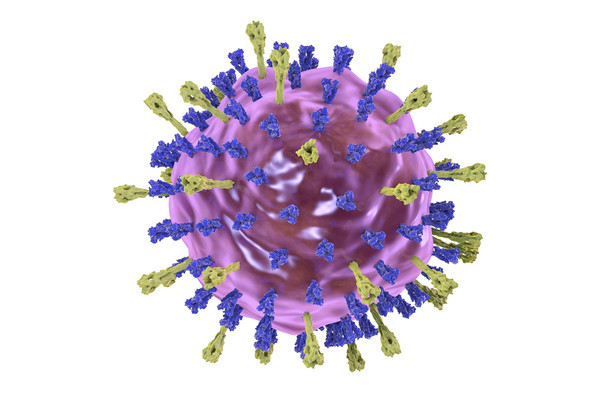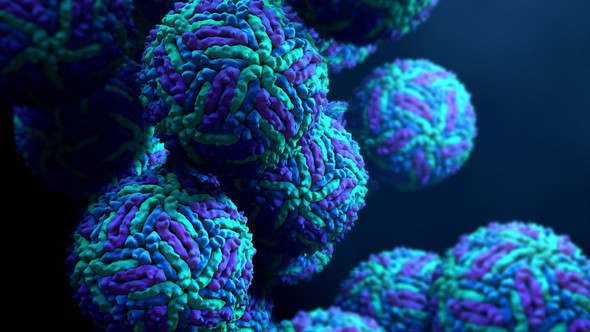Description
MUMPS VIRUS LYSATE (ISOLATE 1)
Mumps Virus lysate has been manufactured to provide a consistent source of native Mumps Virus antigen. This material has been produced by culturing Mumps virus (isolate 1) in the Vero cell line. This product is suitable for use in a broad range of applications including immunoassay research and development.
PRODUCT DETAILS – MUMPS VIRUS LYSATE (ISOLATE 1)
- Purified Mumps virus lysate.
- Mumps virus (isolate 1) propagated in the Vero cell line.
- Purified by sucrose density gradient ultracentrifugation.
- Heat inactivated.
BACKGROUND
Mumps virus (MuV) is a single stranded negative-sense RNA virus, which belongs to the Rubulavirus genus of the family Paramyxoviridae. The viral genome is contained within a nucleocapsid enclosed by a lipid envelope that consists of three layers. The outer layer contains glycoproteins which have neuraminidase, haemmaglutinin and cell-fusion (F-protein) activities. One serotype and 13 genotypes of MuV have been identified to date.
Mumps, also known as infectious parotitis, is a highly contagious disease caused by the mumps virus. MuV is globally widespread and predominantly affects children but can also cause disease in adults. Humans are the only known host of mumps virus and infection is spread from person-to-person via respiratory aerosol droplets, saliva and direct contact with infected individuals (WHO).
Mumps infection is typically a mild self-limiting disease, which resolves within 2-3 weeks of symptom onset. The disease is asymptomatic in a third of cases, but individuals can still be contagious. When symptoms of MuV infection occur they include headache, fever and general malaise followed by inflammation and swelling of the parotid glands. The MuV can also cause inflammation in other organs including the testes causing orchitis, which may lead to testicular atrophy in males post puberty. The virus is also highly neutrophic and may cause complications in some cases of MuV infection, such as aseptic meningitis, viral encephalitis and transient deafness (Rubin, S).
Since the introduction of an effective vaccine in the 1960’s, global cases of Mumps have been in decline. However, outbreaks of MuV in vaccinated individuals and complications associated with some vaccine strains have been reported in recent years. These cases have been a cause for concern and have renewed interest in the mumps virus.
REFERENCES
- World Health Organization; Immunization; Mumps
- Rubin S, Eckhaus M, Rennick LJ, Bamford CG, Duprex WP. 2015. Molecular biology, pathogenesis and pathology of mumps virus. J Pathol. Jan;235(2):242-52.














